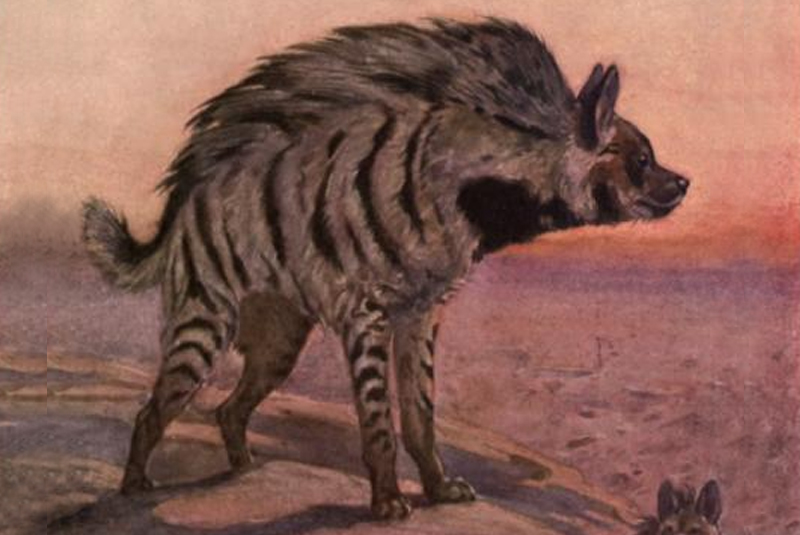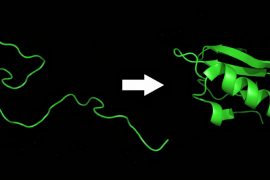In Rajasthan, they wait under Khejri trees for witches. Facing backwards, the witch perches on the sloped back of the hyena and embark on her nightly raid. She feasts on the soul and leaves the carcass for the creature to consume.
In Gujrat, they simply kill for pleasure. No raid of a hyena can be complete without at least thirty dead left in its wake. In the Middle East, they are feared as incarcerations of demons or jinn. In Arabia, dogs are rendered deaf and blind when they stand in the shadow of the hyena, until it has made off with its hapless prey. And in 1376 AD, Delhi, a Persian medical treatise, warns one of the kaftar or half-man, half-hyena with a penchant for killing children.
As night falls in the highlands of Ethiopia, mothers drag children indoors, warning them of the ravenous bouda and his appetite for younglings. ‘Bouda’ or were-hyenas are associated with the Beta Israel or Ethiopian Jews. Their expertise as blacksmiths and potters are deemed unnatural, even magical by the Christian majority. They are said to harness the power of the evil eye to transform into their human selves and blend in undetected during the day. At night, they unleash their terror.
Be it Rajasthan’s daakan ka ghoda (the witch’s steed), Delhi’s kaftar, or Ethiopia’s bouda, the hyena’s demonic reputation precedes it.
-30-
Copyright©Madras Courier, All Rights Reserved. You may share using our article tools. Please don't cut articles from madrascourier.com and redistribute by email, post to the web, mobile phone or social media.Please send in your feed back and comments to editor@madrascourier.com











